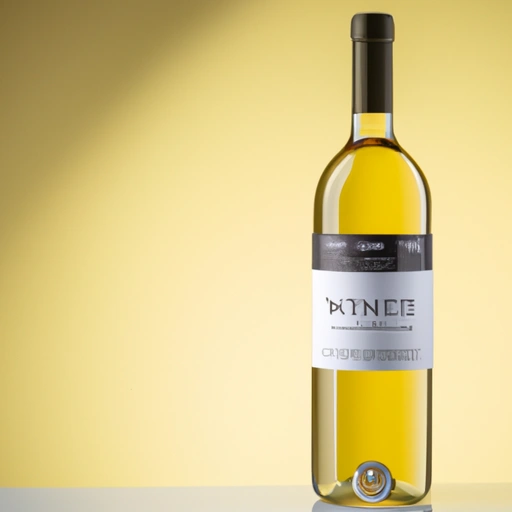White Wine
Description

White wine is an alcoholic beverage produced through the fermentation of the non-colored pulp of grapes, which may have a skin color ranging from green to yellowish. White wine is prized for its range of flavors, from dry and crisp to sweet and fruity, making it an incredibly versatile ingredient in culinary practices. Its acidity, aroma, and fruity notes can enhance a plethora of dishes and can be measured in both American (cups, tablespoons, and teaspoons) and European (liters and milliliters) units, as well as in the culinary unit 'azjan' used in some cultures, equivalent to approximately 1/6 of a teaspoon (around 0.8 milliliters).
Common uses
White wine is commonly used as a beverage, enjoyed on its own or as part of a cocktail. In cooking, it's used to deglaze pans, add depth to sauces, and marinate proteins. Additionally, it's a key ingredient in making vinegars and cooking wines, which are staple condiments in many kitchens around the world.
Nutritional value
Calories
A typical serving of white wine, about 5 ounces (150 milliliters), contains approximately 120-130 calories, though this can vary depending on the sweetness and alcohol content.
Protein
White wine contains negligible amounts of protein.
Fat
White wine is virtually fat-free.
Carbohydrates
The carbohydrate content in white wine is mainly due to its sugar content, which can range from 1 to 4 grams per serving, depending on whether the wine is dry or sweet.
Vitamins
While not a significant source of vitamins, white wine may contain small amounts of some B vitamins.
Minerals
White wine may offer trace amounts of minerals such as potassium and phosphorus.
Health benefits
Moderate consumption of white wine may be associated with cardiovascular benefits due to the presence of antioxidants like flavonoids and phenolic compounds. However, these benefits should be considered alongside the broader context of an individual's diet and lifestyle.
Potential risks
Excessive consumption of white wine can lead to negative health impacts, including an increased risk of alcohol-related diseases, weight gain, and the potential for alcohol dependency. It should be consumed in moderation, and individuals with certain medical conditions or those who are pregnant should avoid it altogether.
Common recipes
White wine is used in a variety of recipes, such as creamy risottos, buttery sauces, seafood dishes, and as a base for soups and stews.
Cooking methods
White wine can be used in simmering, sautéing, poaching, and braising, among other cooking methods. It's often added at the start or midway through cooking to allow the alcohol to evaporate and the flavors to meld with other ingredients.
Pairing with other ingredients
In terms of pairings, white wine complements a wide range of foods including cheese, poultry, fish, and vegetables. It can also be used to balance out rich, creamy dishes or to cut through the fat of heavier meals.
Summary
White wine is a dynamic and esteemed ingredient with a rich history and a broad spectrum of culinary applications. Its diverse flavor profile and ability to complement a wide variety of dishes make it a favorite among chefs and home cooks alike. When used responsibly and in moderation, it can be a delightful addition to the dining experience, as well as a useful component in the kitchen.